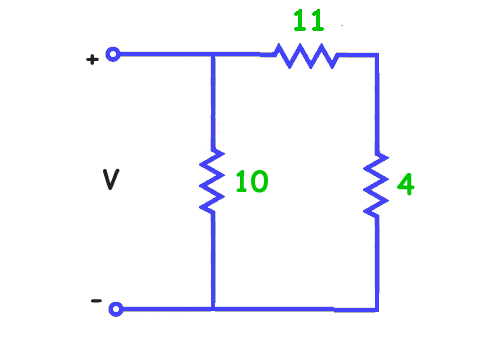Resistance Diagrams for Financial Planning
Financial planning is a complex process that requires understanding of financial principles, managing risks and creating strategies to reach success. Resistance diagrams are an important tool to help individuals and businesses assess their financial needs and objectives. The application of these diagrams makes it easy to identify areas where immediate action and budgeting can help meet those objectives.
A resistance diagram is essentially a visual representation which maps out the financial progress in terms of expenses, investments, savings, and risk levels. It’s used to evaluate one's present financial situation and helps to identify areas that require special consideration or attention in order to meet financial goals. Such diagrams also help in suggesting corrective measures to improve financial planning.
Key Components of a Resistance Diagram
A resistance diagram typically includes the following components:
- Cash flow – This outlines the sources of income and expenditures.
- Net worth – This captures the individual or business’s financial assets and liabilities.
- Savings – This indicates how much an individual is saving out of their income each month.
- Risks – This details the risks associated with investments and other financial transactions.
- Investments – This outlines how much money is invested/put away for future financial needs.
Benefits of Using Resistance Diagrams
Using resistance diagrams can be beneficial in numerous ways. Below are some of the advantages associated with this type of financial planning tool:
- It provides a visual representation of finances, making it easier to identify potential financial problems and develop solutions.
- It allows for a more comprehensive analysis of financial objectives and provides insights into the current financial situation.
- It helps to identify areas in which an individual or business can allocate more funds for improved financial outcomes.
- It can provide a better understanding of how funds are allocated to different expenses and investments.
- It can help to manage risks associated with investments and financial transactions.
Tips for Developing an Effective Resistance Diagram
To get the most out of resistance diagrams and reap the full benefits associated with them, here are some helpful tips to keep in mind when developing a resistance diagram:
- Be specific when it comes to setting financial targets. By having specific targets, it will make it easier to measure progress.
- Include both short-term and long-term goals. This will ensure that all aspects of the financial plan are taken into account.
- Make sure to include sufficient data points to get an accurate picture of the financial situation.
- Develop a realistic timeline for achieving financial objectives. This will help to ensure that progress is being made and financial objectives are being met.
- Track progress regularly. This will help to identify potential issues and provide insight into potential solutions.
Having a well-developed resistance diagram in place is essential when it comes to successful financial planning. It can help to ensure that funds are being properly allocated, risks are being managed, and objectives are being met. These diagrams can be an invaluable asset in helping to reach financial goals.

State In Brief The Meaning Of A Variable Resistor Draw Circuit Diagram To Ilrate Its Function Specially Study Variation Cur With Potential Difference Across

Pull Up Resistors Learn Sparkfun Com

11 2 Ohm S Law Electric Circuits Siyavula

Physics Tutorial Combination Circuits

Physics For Kids Resistors In Series And Parallel

What S The Difference Between Resistance Reactance And Impedance

Electrical Resistance What Is It Symbol Formula Ac Vs Dc Electrical4u

Ohm S Law Relationship Between Voltage Cur Resistance Lesson Transcript Study Com

Resistors In Series Complete Guide

Diode Resistance Explained

What Is A Resistor Construction Circuit Diagram And Applications
How To Find The Total Resistance Of This Circuit Diagram Quora

Resistors Ohm S Law Electronics Textbook

Resistor Color Code Chart How To Identify Resistance Coding

Solved A Schematic Diagram Of Circuit Consisting Two Resistors Is Shown Bebw 6 What The Total Resistance 12 Ohms 3 0 2 33

Nonlinear Resistance Basic Concepts And Test Equipment Electronics Textbook

Physics For Kids Resistors In Series And Parallel
What Is Resistance Key Concepts Electronics Notes

Chapter 4 Resistance Arduino To Go

Resistor What Is It Does Do Examples Included Electrical4u

